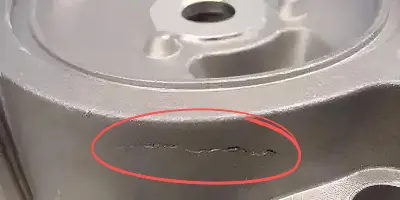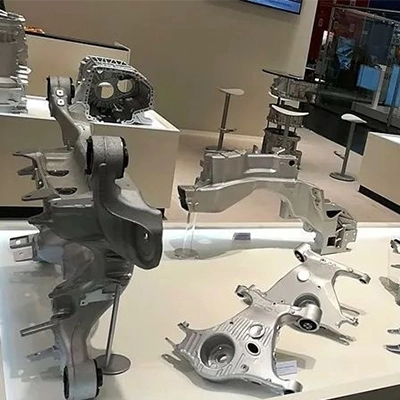

Aluminum alloy die casting is a cornerstone of modern manufacturing, enabling the production of lightweight, durable, and intricate components with exceptional precision. Industries such as automotive, aerospace, and electronics rely heavily on this process for parts like engine blocks, transmission housings, and electronic enclosures.However, a persistent challenge in aluminum die casting is the formation of cracks, which can undermine structural integrity, shorten product lifespan, and result in significant production losses due to rework or rejects. Addressing cracks requires a thorough understanding of their causes and the implementation of effective prevention strategies. This article explores the root causes of cracks in aluminum alloy die casting and provides proven solutions to ensure high-quality, crack-free components.
Cracking in aluminum alloy die castings can arise from various factors, including material properties, mold design, casting parameters, and post-processing techniques. One primary cause is the thermal stress induced during the rapid cooling and solidification of the molten metal. This stress can exceed the material's tensile strength, leading to cracks. Additionally, improper mold design, such as sharp corners or uneven wall thickness, can exacerbate stress concentrations, increasing the likelihood of cracking.
Material Selection and Pre-treatment: Opt for aluminum alloys with suitable mechanical properties and thermal conductivity. Pre-heating the mold can also help reduce thermal shock and minimize stress during casting.
Mold Design Optimization: Ensure that the mold design features smooth transitions and uniform wall thickness to distribute stress evenly. Employing draft angles and rounded corners can further reduce stress concentrations.
Casting Parameter Adjustment: Fine-tune casting parameters such as injection speed, pressure, and temperature to achieve optimal filling and solidification conditions. Slowing down the injection speed or lowering the pouring temperature can sometimes alleviate cracking issues.
Post-Processing Techniques: Implement stress-relieving processes such as annealing or vibration aging after casting to reduce residual stresses. Additionally, careful handling during machining and finishing can prevent the introduction of new stresses that could lead to cracking.


